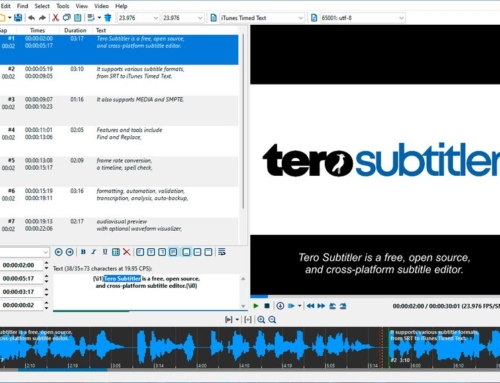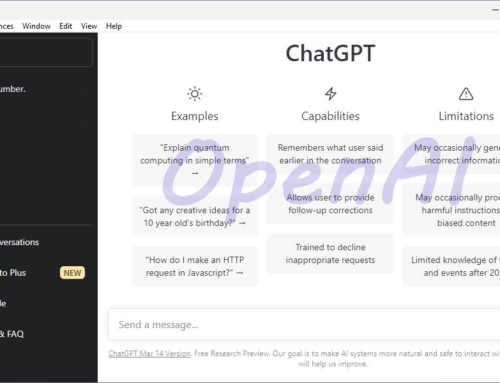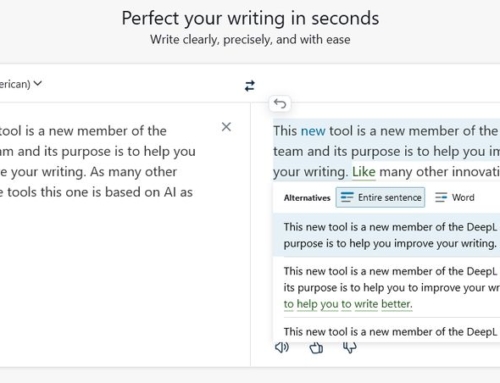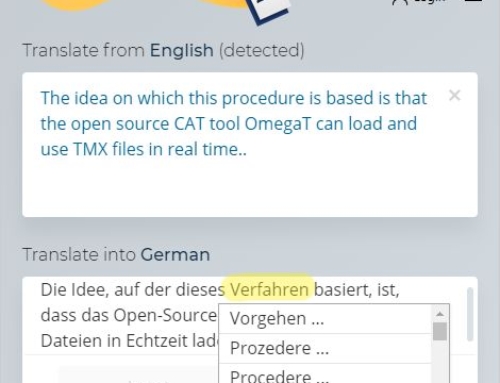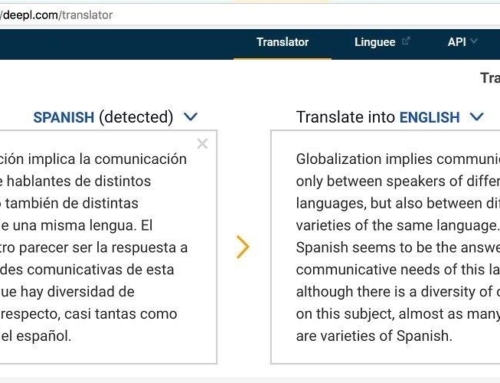From ChatBots to Orwell?
What is George Orwell’s novel “1984” all about?
“1984” is a dystopian novel published in 1949 that has become a classic work of literature. It depicts a totalitarian society governed by a party led by Big Brother, where individuality and independent thinking are suppressed.
The story is set in the year 1984 and follows the life of Winston Smith, a low-ranking member of the ruling party. Winston becomes disillusioned with the oppressive regime and begins to question the party’s control over information, history, and personal freedom. He starts a forbidden love affair with Julia, another party member, and they both engage in acts of rebellion against the party’s strict rules.
The novel explores themes such as totalitarianism, surveillance, manipulation of truth, and the power of language. The party’s slogans, such as “War is Peace,” “Freedom is Slavery,” and “Ignorance is Strength,” illustrate the manipulation of language to control the minds of the citizens.
As Winston and Julia continue their rebellion, they are eventually caught and subjected to the party’s brutal methods of reeducation and torture. The novel culminates in a harrowing climax that reveals the extent of the party’s control and the impossibility of escaping its grip.
“1984” is known for its portrayal of a chilling and oppressive society and serves as a warning against the dangers of authoritarianism, the abuse of power, and the suppression of individuality. It remains a significant and thought-provoking work, reflecting on the potential consequences of unchecked government control.
How does the story of “1984” compare to todays world?
“1984” remains relevant in its exploration of themes and concepts that are still applicable today. While the novel was written in the mid-20th century, many aspects of the story can be seen as a commentary on contemporary societies. Here are a few ways in which “1984” resonates with the present world:
Surveillance: The novel highlights the pervasive surveillance employed by the party in “1984.” Today, with advancements in technology, surveillance has become a significant concern. Governments, corporations, and even individuals have the ability to monitor and collect vast amounts of data, raising questions about privacy and personal freedoms.
Manipulation of Information: In “1984,” the party controls and manipulates information to maintain its power. Today, the spread of misinformation, fake news, and propaganda has become increasingly prevalent, influencing public opinion and eroding trust in traditional sources of information.
Loss of Privacy: The invasion of privacy depicted in the novel, such as telescreens monitoring people’s activities, resonates with the erosion of privacy in the digital age. Personal data collection, online tracking, and surveillance technologies have raised concerns about the boundaries between public and private life.
Authoritarianism: “1984” portrays a dystopian society governed by an authoritarian regime. While not all societies today are under such extreme control, the novel serves as a reminder of the dangers of unchecked power and the importance of safeguarding democratic principles.
Doublethink and Newspeak: The concept of “doublethink” in the novel, where people simultaneously hold contradictory beliefs, and the manipulation of language through “Newspeak” reflect the power of language to shape thoughts and control discourse. Today, the influence of language and the manipulation of narratives are subjects of ongoing discussion and analysis.
It’s worth noting that while there are parallels between the world of “1984” and the present, our reality is distinct and complex. However, the novel’s themes serve as a cautionary reminder to remain vigilant about the preservation of individual freedoms, the responsible use of technology, and the importance of critical thinking in navigating the challenges of the modern world.
Which technologies could become a thread for todays world in reference to “1984”?
Several technologies in today’s world have the potential to raise concerns similar to those depicted in “1984.” Here are a few examples:
Surveillance and Monitoring Technologies: With the proliferation of surveillance cameras, facial recognition systems, and other monitoring technologies, there is a growing concern about the loss of privacy and the potential for widespread surveillance. The ability to track and monitor individuals’ activities, both online and offline, raises questions about the balance between security and personal freedom.
Data Collection and Analysis: The collection and analysis of personal data have become pervasive in the digital age. Companies and governments have access to vast amounts of data, which can be used to profile individuals, target advertising, or influence decision-making. The potential misuse of this data raises concerns about privacy, autonomy, and the potential for manipulation.
Artificial Intelligence (AI) and Automation: Advances in AI and automation have the potential to transform society in numerous ways. While these technologies offer many benefits, there are concerns about their potential for abuse. For example, AI algorithms could be used for mass surveillance, facial recognition, or the manipulation of information, amplifying the themes of control and manipulation in “1984.”
Social Media and Online Platforms: Social media platforms such as Facebook or Twitter have become powerful tools for communication, but they also raise concerns about the spread of misinformation, echo chambers, and the manipulation of public opinion. The novel’s themes of propaganda and control over information resonate with the challenges posed by the influence of social media platforms in shaping public discourse.
Internet Censorship and Content Control: The novel touches on the idea of controlling and manipulating information. In today’s world, governments and corporations have the ability to restrict access to information, block websites, or censor content. The balance between free expression and the control of information remains an ongoing debate.
It’s important to note that these technologies themselves are not inherently negative, but their potential for abuse and misuse raises concerns. Society must navigate these advancements with careful consideration of ethics, privacy rights, and the preservation of individual freedoms to avoid the dystopian scenarios depicted in “1984.”
Do chatbots increase the thread? And in what way?
The introduction of chatbots like ChatGPT or Google’s Bard in recent years does raise certain concerns and potential threats. While chatbots can be valuable tools for automation, customer service, and information retrieval, there are a few ways in which they could contribute to the existing threads:
Privacy and Data Security: Chatbots interact with users, collecting and processing data during conversations. This data may include personal information, preferences, and even sensitive details. If not handled securely, there is a risk of data breaches, unauthorized access, or misuse of the collected data. It is crucial to ensure robust security measures are in place to protect user privacy.
Spread of Misinformation: Chatbots rely on algorithms and data to generate responses. If not properly designed and monitored, they could inadvertently spread misinformation or biased content. If a chatbot lacks fact-checking mechanisms or is programmed with biased information, it could amplify false or misleading narratives, potentially influencing users’ opinions and decisions.
Manipulation and Social Engineering: Chatbots can be designed to mimic human conversation and influence user behavior. In some cases, malicious actors may use chatbots to engage in social engineering tactics, such as phishing or scamming. By posing as a legitimate entity, a chatbot could manipulate users into revealing sensitive information or performing actions that may harm them.
Dependence and Replacement of Human Interaction: While chatbots can provide quick and efficient support, an overreliance on them could lead to a decrease in human interaction. This can impact social skills, empathy, and the ability to handle complex or nuanced conversations. It’s important to strike a balance between automation and human involvement, ensuring that human interaction remains available when necessary.
To mitigate these potential threats, it is essential to develop chatbot systems with robust security measures, rigorous testing, and ongoing monitoring. Incorporating ethical guidelines, transparency, and accountability into the design and deployment of chatbots can help minimize the risks and ensure they are used in a responsible and beneficial manner.
How can I protect myself against those threats?
To protect yourself against the potential threats associated with chatbots, here are some steps you can take:
Be cautious with personal information: When interacting with chatbots or on social media platforms, avoid sharing unnecessary personal information unless you trust the source. Be mindful of the type of data being requested and consider the necessity of providing it. If a chatbot asks for sensitive details, such as financial or login information, exercise caution and verify the authenticity of the bot and the platform it operates on.
Verify the source: Before engaging with a chatbot, ensure that it is from a reputable and trustworthy source. If the chatbot is associated with a company or organization, visit their official website to confirm its legitimacy. Avoid interacting with chatbots from unknown or suspicious sources, especially if they request personal or sensitive information.
Stay vigilant for phishing attempts: Be cautious of chatbots that ask for login credentials, passwords, or financial details. Legitimate chatbots from reputable organizations would not typically ask for this information. If you suspect a chatbot is attempting to engage in phishing, report it to the appropriate authorities or the organization it claims to represent.
Practice critical thinking: Chatbots can inadvertently spread misinformation. As a user, it’s essential to critically evaluate the information provided by chatbots and cross-reference it with other reliable sources. Develop the habit of fact-checking and verifying information independently to ensure accuracy and minimize the risk of being misled.
Keep software and systems up to date: Ensure that your devices, operating systems, and chatbot platforms are updated with the latest security patches and use a trusted virus scanner. Regular updates help protect against vulnerabilities that could be exploited by malicious actors.
Report suspicious behavior: If you encounter a chatbot that exhibits suspicious or malicious behavior, report it to the platform or organization responsible for its deployment. By reporting such instances, you contribute to the identification and mitigation of potential threats.
Remember, while chatbots may present certain risks, being cautious, practicing good security habits, and maintaining awareness can significantly mitigate those risks. Stay informed, exercise discretion, and rely on trusted sources to make informed decisions while interacting with chatbots or any other online services.



